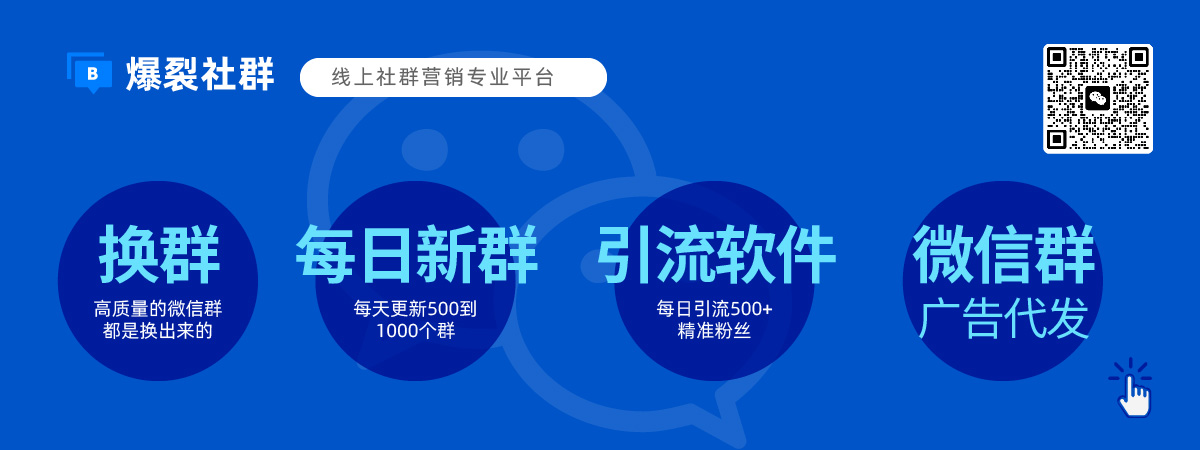一、引言
随着科技的不断进步,工业自动化技术日新月异,视觉检测技术在工业领域的应用逐渐广泛。其中,CCD(Charge Coupled Device)视觉检测技术以其高精度、高速度、高稳定性的特点,在工业生产中发挥着越来越重要的作用。本文将详细介绍CCD视觉检测技术的原理、特点及其在工业中的应用,并探讨其未来的发展趋势。
二、CCD视觉检测技术原理及特点
CCD视觉检测技术是一种基于光学成像原理的检测技术,通过将光学信号转换为电信号,实现对目标物体的检测、识别和测量。其核心部件是CCD相机,通过镜头将被测物体成像在CCD芯片上,然后通过图像处理系统对图像进行处理和分析,最终得到被测物体的相关信息。
CCD视觉检测技术具有以下特点:
1. 高精度:CCD相机具有高分辨率和高像素,能够实现对目标物体的精确检测和测量。
2. 高速度:CCD相机具有高速的数据处理能力,能够实现对目标物体的快速检测和识别。
3. 高稳定性:CCD视觉检测技术具有较高的稳定性和可靠性,能够在各种复杂环境下进行检测。
4. 非接触式检测:CCD视觉检测技术采用非接触式检测方式,不会对被测物体造成损伤。
三、CCD视觉检测技术在工业中的应用
CCD视觉检测技术在工业中的应用非常广泛,主要应用于以下几个方面:
1. 工业自动化生产:CCD视觉检测技术可以实现对工业自动化生产过程中的各种参数进行实时监测和反馈控制,提高生产效率和产品质量。
2. 零件尺寸检测:CCD视觉检测技术可以对各种零件的尺寸进行高精度、高速度的检测,提高零件的合格率和生产效率。
3. 产品缺陷检测:CCD视觉检测技术可以检测出产品表面的各种缺陷,如划痕、凹陷、色差等,从而提高产品质量和客户满意度。
4. 机器人导航和定位:CCD视觉检测技术可以实现对机器人的导航和定位,提高机器人的工作效率和准确性。
5. 自动化包装和贴标:CCD视觉检测技术可以实现对产品的自动化包装和贴标,提高包装效率和贴标精度。
四、CCD视觉检测技术的未来发展趋势
随着科技的不断发展,CCD视觉检测技术将会在以下几个方面得到进一步的发展:
1. 更高的精度和速度:随着技术的不断进步,CCD相机的精度和速度将会得到进一步提高,满足更高的工业需求。
2. 更广泛的应 market scalability of application of the CCD visual detection technology in industrial areas, as its versatility allows for applications in more fields, such as aerospace, medicine, and logistics. More innovative technologies, such as machine learning and artificial intelligence, will be integrated with CCD visual detection to further enhance its detection accuracy and efficiency. 3. Real-time detection: Real-time image processing is becoming an increasingly important feature of CCD visual detection technology. By combining with high-performance computing and network technologies, real-time detection can be achieved to ensure that the production process is always under control and can be adjusted in time to ensure product quality and efficiency. 4. Smart manufacturing: With the development of smart manufacturing, CCD visual detection technology will play a more important role in the intelligentization of industrial production processes. By combining with other technologies such as sensors and controllers, it can achieve automatic monitoring and control of the entire production process, thereby improving production efficiency and reducing production costs. 5. Increased reliability: With the continuous improvement of CCD camera technology and image processing algorithms, the reliability of the system will be further improved, which will provide more stable and reliable support for industrial production processes. 6. Low-cost: With the continuous development of technology and economies of scale, the cost of CCD visual detection technology will gradually decrease, making it more widely used in the industrial field. In conclusion, with the continuous development of technology and the continuous expansion of its application fields, the CCD visual detection technology will play a more important role in industrial automation and intelligentization, contributing to the improvement of production efficiency and product quality. 7. Higher degree of integration: As more intelligent components are added to CCD vision systems, there will be a greater need for integration into single-piece designs. This will reduce complexity, minimize errors and enhance the overall reliability of these systems in industrial environments. 8. Enhanced security measures: With the increasing use of CCD vision systems in critical applications such as security and surveillance, there will be a focus on enhancing security measures to protect against unauthorized access and data breaches. This may include stronger encryption techniques, physical protection measures, and sophisticated access control systems. 9. Emerging trends in industrial automation: With new technologies such as IoT (Internet of Things) and AI (Artificial Intelligence) on the rise in industrial


